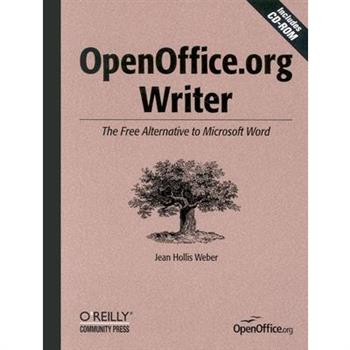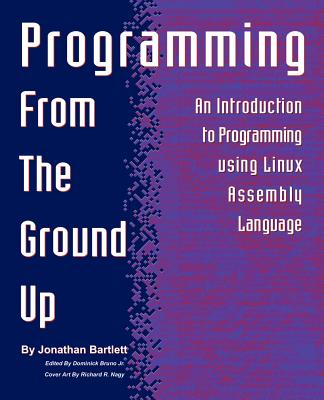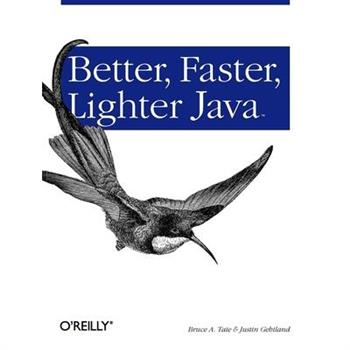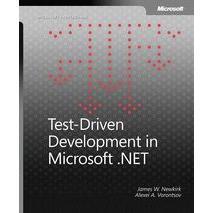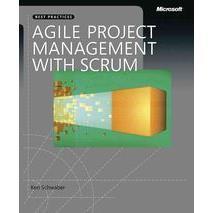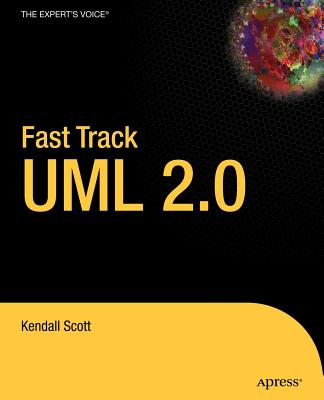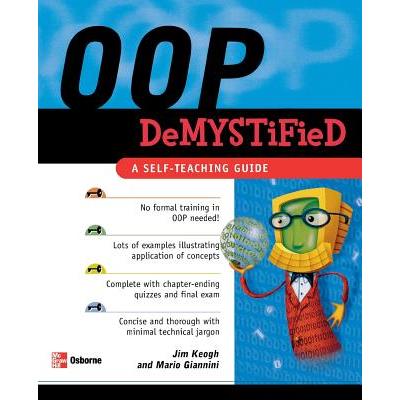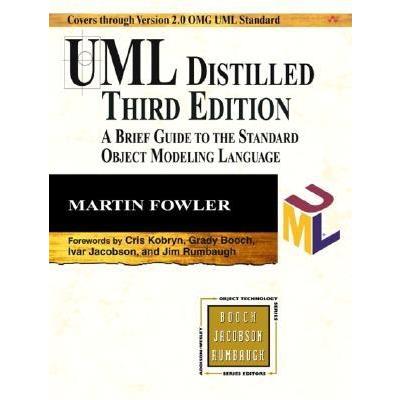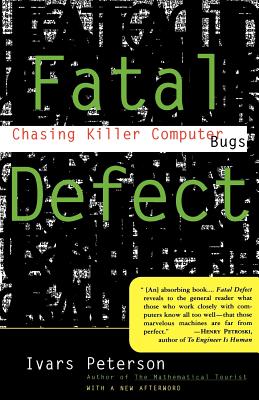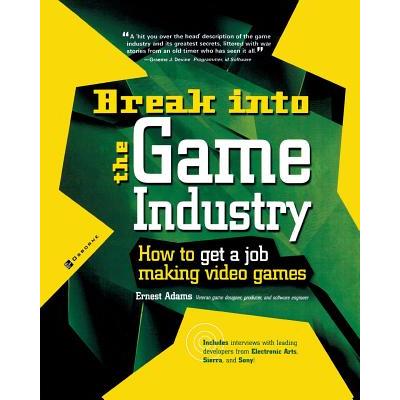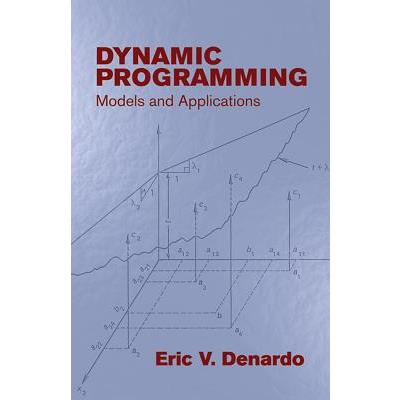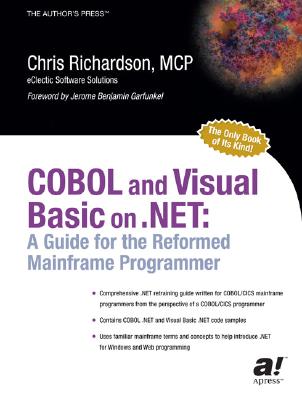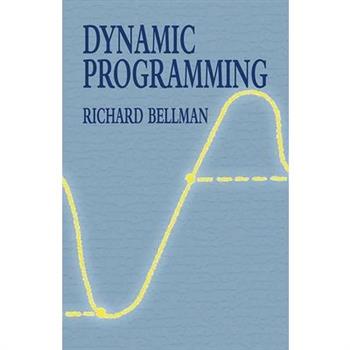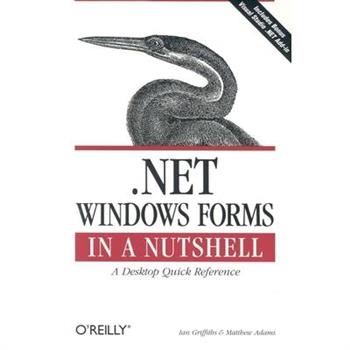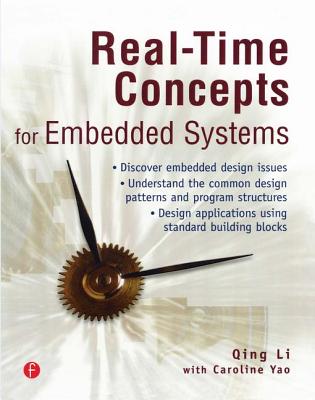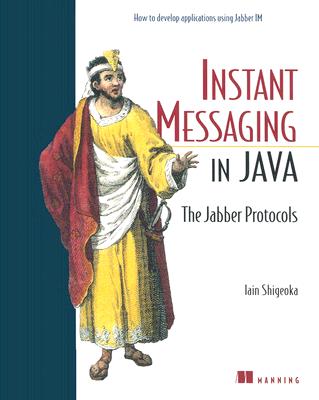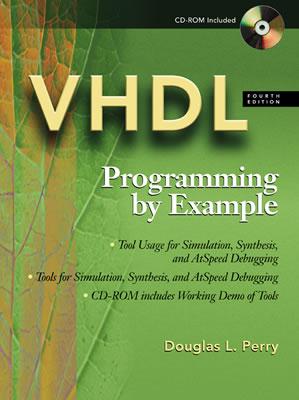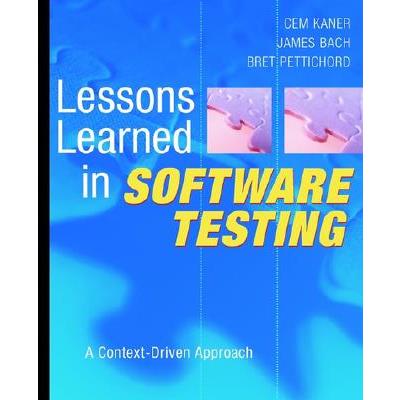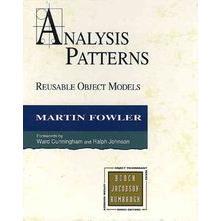OpenOffice.org Writer
Thanks to OpenOffice.org, there is an alternative to Microsoft Word. If you've ever been frustrated by Word's quirks and limitations--including its price tag--and longed for a practical alternative, then it's time to break free. OpenOffice.org is the free, open source office suite and its word processor, Writer, has proven extremely popular with both Windows and Linux users.How good can it be if it's free? you might ask. And how much trouble will it be to install and learn? A quick tour of the program will show you: the features you use regularly--from formatting and spell check to using templates and creating indexes --are all there. And Writer's intuitive, surprisingly familiar interface lets you navigate with ease. To quickly master the ins and outs of Writer, you'll want a copy of OpenOffice.org Writer: The Free Alternative to Microsoft Word. This handy reference is packed with essential information to help you learn the basics of Writer and become adept with its advanced features.Written for intermediate and advanced users of word processing programs, OpenOffice.org Writer: The Free Alternative to Microsoft Word provides guidance for common and advanced word processing tasks. With this book, you'll learn how to: Set up OOoWriter to work your wayWrite, edit, and review documentsControl page layoutUse templates and styles effectivelyGet the most from using fieldsWork with Tables of contents, indexes, bibliographiesManage large or complex documentsInsert, edit and create graphicsMake a smooth transition from Microsoft WordOpenOffice.org Writer: The Free Alternative to Microsoft Word provides guidance for anyone who wants to break out of the Word rut. Its detailed Table of Contents make it a handy reference for even the most experienced word processing users who want to get up to speed quickly with this program, or make sure they're taking full advantage of OOo Writer's features. With the complete office suite included on a CD (which you can install on as many machines as you like), this book makes using Writer an easy decision.OpenOffice.org Writer: The Free Alternative to Microsoft Word is part of the O'Reilly Community Press Series. Unlike classic O'Reilly animal books, O'Reilly's role in the series is limited to providing manufacturing and distribution services rather than editorial development, so that each Community Press title reflects the editorial voice and organization of the community that has created it.
Programming From The Ground Up
Programming from the Ground Up uses Linux assembly language to teach new programmers the most important concepts in programming. It takes you a step at a time through these concepts: * How the processor views memory * How the processor operates * How programs interact with the operating system * How computers represent data internally * How to do low-level and high-level optimization Most beginning-level programming books attempt to shield the reader from how their computer really works. Programming from the Ground Up starts by teaching how the computer works under the hood, so that the programmer will have a sufficient background to be successful in all areas of programming. This book is being used by Princeton University in their COS 217 "Introduction to Programming Systems" course.
Better, Faster, Lighter Java
Sometimes the simplest answer is the best. Many Enterprise Java developers, accustomed to dealing with Java's spiraling complexity, have fallen into the habit of choosing overly complicated solutions to problems when simpler options are available. Building server applications with "heavyweight" Java-based architectures, such as WebLogic, JBoss, and WebSphere, can be costly and cumbersome. When you've reached the point where you spend more time writing code to support your chosen framework than to solve your actual problems, it's time to think in terms of simplicity. In Better, Faster, Lighter Java, authors Bruce Tate and Justin Gehtland argue that the old heavyweight architectures are unwieldy, complicated, and contribute to slow and buggy application code. As an alternative means for building better applications, the authors present two "lightweight" open source architectures: Hibernate--a persistence framework that does its job with a minimal API and gets out of the way, and Spring--a container that's not invasive, heavy or complicated. Hibernate and Spring are designed to be fairly simple to learn and use, and place reasonable demands on system resources. Better, Faster, Lighter Java shows you how they can help you create enterprise applications that are easier to maintain, write, and debug, and are ultimately much faster. Written for intermediate to advanced Java developers, Better, Faster, Lighter Java, offers fresh ideas--often unorthodox--to help you rethink the way you work, and techniques and principles you'll use to build simpler applications. You'll learn to spend more time on what's important. When you're finished with this book, you'll find that your Java is better, faster, and lighter than ever before.
Geocaching
This book is a guide to the relatively new, and exponentially growing, activity of geocaching. Geocaching is a treasure hunting game, using handheld global positioning system (GPS) receivers, that is now played worldwide. This book covers not only the fundamental principles and points of geocaching, but also covers such related topics as wilderness navigation, hiking, and outdoor safety. Combining the "how to" information -- the necessary technical background in GPS, navigation, and hiking--along with some history of the geocaching activity, and some narrative color that gives readers a sense of this phenomenon and its participants. The book will be practical, portable field guide to this unusual leisure activity.
Fast Track Uml 2.0
The Unified Modeling Language (UML) is a methodology to document the analysis and design of the software development process. Through the use of standard diagrams for such concepts as use cases, interactions, and collaborations, among many others, "Fast Track UML 2.0" explores the modeling techniques and the changes since the prior UML 1.3 standard. This book presents a distillation of the contents of the UML Superstructure document. It will capture the essential information contained within that document without overwhelming you with details.
Oop Demystified
Publisher's Note: Products purchased from Third Party sellers are not guaranteed by the publisher for quality, authenticity, or access to any online entitlements included with the product.Learn object-oriented programming in no time with help from this easy-to-understand guide, ideal for novice and expert programmers alike. Discover why objects are so successful as the model for this type of programming and how objects are classified. Distinguish between how people see the world and how computers "see" it. Learn about attributes and methods, inheritance, polymorphism, real-world and case modeling, object-oriented programming languages, and much more. Each chapter ends with a quiz, culminating in a final exam at the end of the book so you can test your knowledge.
Learn How to Program
* For complete novices. * Fun trim size. * No special equipment or software needed beyond a web browser. * Teaches principles of good programming practice. * Lots of fun!
UML Distilled: A Brief Guide to the Standard Object Modeling Language, 3rd Editi
More than 300,000 developers have benefited from past editions of UML Distilled . This third edition is the best resource for quick, no-nonsense insights into understanding and using UML 2.0 and prior versions of the UML. Some readers will want to quickly get up to speed with the UML 2.0 and learn the essentials of the UML. Others will use this book as a handy, quick reference to the most common parts of the UML. The author delivers on both of these promises in a short, concise, and focused presentation. This book describes all the major UML diagram types, what they're used for, and the basic notation involved in creating and deciphering them. These diagrams include class, sequence, object, package, deployment, use case, state machine, activity, communication, composite structure, component, interaction overview, and timing diagrams. The examples are clear and the explanations cut to the fundamental design logic. Includes a quick reference to the most useful parts of the UML notation and a useful summary of diagram types that were added to the UML 2.0. If you are like most developers, you don't have time to keep up with all the new innovations in software engineering. This new edition of Fowler's classic work gets you acquainted with some of the best thinking about efficient object-oriented software design using the UML--in a convenient format that will be essential to anyone who designs software professionally.
Fatal Defect
An airplane crashes, killing eighty-seven passengers. A cancer patient receives a fatal dose of radiation from a machine designed to be foolproof. The ATMs at a New York bank debit customers twice their actual withdrawals, resulting in a loss of millions of dollars. In every case, the culprit was a computer bug, a software error or design defect that may escape detection until it erupts into the real world with sometimes catastrophic results. This arresting and at times terrifying book tells us just how prevalent these defects are and how they are multiplying as computers become more sophisticated and more deeply embedded in our daily lives. It is also a riveting portrait of the men and women who find and "exterminate" those bugs, whether they occur in pocket calculators or nuclear reactors. Fatal Defect reveals what you should know about the computers in our lives. Read it before you buy a computer, use a cash machine, or book an airplane flight. Then pray that one of its real-life heroes was on the job.
Break into the Game Industry: How to Get a Job Making Video Games
Publisher's Note: Products purchased from Third Party sellers are not guaranteed by the publisher for quality, authenticity, or access to any online entitlements included with the product.Find out from an industry veteran exactly what you need to do to become a game designer, tester, artist, producer, programmer, writer, soundtrack composer, videographer, or sales/marketing professional. You'll get full-spectrum coverage of positions available within the game industry as well as details on how a game is created--from start to finish--and much more.
Dynamic Programming
Introduction to sequential decision processes covers use of dynamic programming in studying models of resource allocation, methods for approximating solutions of control problems in continuous time, production control, decision-making in the face of an uncertain future, and inventory control models. A prior course in operations research is prerequisite. 1982 edition.
Cobol and Visual Basic on .net
* The only book of its kind - written from the perspective of a former COBOL/CICS mainframe programmer. * Familiar mainframe terms/concepts are used to help introduce the .NET technologies. * COBOL .NET and Visual Basic .NET code samples are provided. * Author is a Sr. Software Engineer on a .NET Web Development project at a Fortune 500 company.
Dynamic Programming
An introduction to the mathematical theory of multistage decision processes, this text takes a "functional equation" approach to the discovery of optimum policies. Written by a leading developer of such policies, it presents a series of methods, uniqueness and existence theorems, and examples for solving the relevant equations. The text examines existence and uniqueness theorems, the optimal inventory equation, bottleneck problems in multistage production processes, a new formalism in the calculus of variation, strategies behind multistage games, and Markovian decision processes. Each chapter concludes with a problem set that Eric V. Denardo of Yale University, in his informative new introduction, calls "a rich lode of applications and research topics." 1957 edition. 37 figures.
.Net Windows Forms in a Nutshell
.NET Windows Forms are a powerful technology for building a large class of applications for the Windows .NET platform. They offer nearly the same power and flexibility of classic Win32 development, but for a fraction of the effort. The programming model is lean and streamlined, and many of the tedious details that developers used to have to spend time on are now dealt with automatically by the platform..NET Windows Forms in a Nutshell offers an accelerated introduction to this next-generation of rich user interface development. The book provides an all-inclusive guide for experienced programmers using the .NET Windows Forms platform to develop Windows applications, along with a compact but remarkably complete reference to the .NET Framework Class Library (FCL) Windows Forms namespaces and types. The authors present solid coverage of the fundamental building blocks, such as Controls, Forms, Menus, and GDI+, and enough detail to help you build your own fully featured reusable visual components so you can write visual component libraries as well as standalone applications..NET Windows Forms in a Nutshell aims to provide not just the practical information and advice required to get programs working, but also to communicate the rationale behind the various parts of Windows Forms' design. The authors show how the thinking behind the framework enhances your productivity substantially. The new framework allows you to guess correctly what "the Right Way" to do things is a majority of the time, even if you've never tried what you're doing before. No more digging around in documentation for days to try to find the bit of information you need to use one particular feature.Anyone who is involved in user interface development will appreciate the ease of creation and expanded capabilities provided by .NET Windows Forms, as well as the in-depth focus and straight-forward approach this book brings. Included on CD is an add-in that will integrate the book's reference directly into the help files of Visual Studio .NET.
Real-Time Concepts for Embedded Systems
'... a very good balance between the theory and practice of real-time embedded system designs.' --Jun-ichiro itojun Hagino, Ph.D., Research Laboratory, Internet Initiative Japan Inc
Ado.Net Programming in Visual Basic .Net
ADO.NET Programming in Visual Basic .NET teaches all you'll need to know to make the most of ADO.NET - whether you're an experienced VB database programmer or not. Its realistic code examples and practical insights illuminate ADO.NET from its foundations to advanced data binding and application optimization. Coverage includes: VB.NET database programming tools, ADO.NET class libraries, data providers, DataSets, DataGrids, and more. Includes detailed Web services coverage, plus a complete case study application.
Webmaster in a Nutshell
First, there was HTML. Then along came JavaScript. Close on the heels of JavaScript came CSS and before you mastered that, along came XML. Behind every successful web page is an overworked and underappreciated webmaster with a big pile of books about various web technologies spilling out across their desk.That collection of books is a valuable resource for delving into the topics at depth (and at leisure). But when you need an answer fast, the dog-eared book you'll turn to again and again is the new third edition of Webmaster in a Nutshell.This concise and portable quick reference distills an immense amount of information on several languages and technologies into one compact reference book. This is one book that will pay for itself a thousand times over in time saved and increased productivity.Webmaster in a Nutshell puts a fast-paced introduction, detailed reference section, and quick reference guide to each technology all within easy reach. It's packed full of the genuinely useful information a webmaster needs daily, whatever the technology, including: HTMLCSSXMLCGIJavaScriptHTTPPHPApacheThis thorough, clear, and accessible reference makes it easy to find the information you want about the technologies you use. You'll keep your other books on the shelf; you'll keep Webmaster in a Nutshell next to your keyboard.
Facts and Fallacies of Software Engineering
The practice of building software is a "new kid on the block" technology. Though it may not seem this way for those who have been in the field for most of their careers, in the overall scheme of professions, software builders are relative "newbies." In the short history of the software field, a lot of facts have been identified, and a lot of fallacies promulgated. Those facts and fallacies are what this book is about. There's a problem with those facts-and, as you might imagine, those fallacies. Many of these fundamentally important facts are learned by a software engineer, but over the short lifespan of the software field, all too many of them have been forgotten. While reading Facts and Fallacies of Software Engineering, you may experience moments of "Oh, yes, I had forgotten that," alongside some "Is that really true?" thoughts. The author of this book doesn't shy away from controversy. In fact, each of the facts and fallacies is accompanied by a discussion of whatever controversy envelops it. You may find yourself agreeing with a lot of the facts and fallacies, yet emotionally disturbed by a few of them! Whether you agree or disagree, you will learn why the author has been called "the premier curmudgeon of software practice." These facts and fallacies are fundamental to the software building field-forget or neglect them at your peril!
Unix Power Tools
With the growing popularity of Linux and the advent of Darwin, Unix has metamorphosed into something new and exciting. No longer perceived as a difficult operating system, more and more users are discovering the advantages of Unix for the first time. But whether you are a newcomer or a Unix power user, you'll find yourself thumbing through the goldmine of information in the new edition of Unix Power Tools to add to your store of knowledge. Want to try something new? Check this book first, and you're sure to find a tip or trick that will prevent you from learning things the hard way. The latest edition of this best-selling favorite is loaded with advice about almost every aspect of Unix, covering all the new technologies that users need to know. In addition to vital information on Linux, Darwin, and BSD, Unix Power Tools 3rd Edition now offers more coverage of bash, zsh, and other new shells, along with discussions about modern utilities and applications. Several sections focus on security and Internet access. And there is a new chapter on access to Unix from Windows, addressing the heterogeneous nature of systems today. You'll also find expanded coverage of software installation and packaging, as well as basic information on Perl and Python. Unix Power Tools 3rd Edition is a browser's book...like a magazine that you don't read from start to finish, but leaf through repeatedly until you realize that you've read it all. Bursting with cross-references, interesting sidebars explore syntax or point out other directions for exploration, including relevant technical details that might not be immediately apparent. The book includes articles abstracted from other O'Reilly books, new information that highlights program tricks and gotchas, tips posted to the Net over the years, and other accumulated wisdom. Affectionately referred to by readers as "the" Unix book, UNIX Power Tools provides access to information every Unix user is going to need to know. It will help you think creatively about UNIX, and will help you get to the point where you can analyze your own problems. Your own solutions won't be far behind.
Instant Messaging in Java
This book describes how to create Instant Messaging applications in Java and covers the Jabber IM protocols. If you want to create new IM systems, integrate them with your existing software, or wish to know more about the Jabber protocols, this is the book for you.
Lessons Learned in Software Testing
Softwaretests stellen eine kritische Phase in der Softwareentwicklung dar. Jetzt zeigt sich, ob das Programm die entsprechenden Anforderungen erf羹llt und sich auch keine Programmierungsfehler eingeschlichen haben. Doch wie bei allen Phasen im Software-Entwicklungsprozess gibt es auch hier eine Reihe m繹glicher Fallstricke, die die Entdeckung von Programmfehlern vereiteln k繹nnen. Deshalb brauchen Softwaretester ein Handbuch, das alle Tipps, Tricks und die h瓣ufigsten Fehlerquellen genau auflistet und erl瓣utert, damit m繹gliche Testfehler von vornherein vermieden werden k繹nnen. Ein solches Handbuch ersetzt gut und gerne jahr(zehnt)elange Erfahrung und erspart dem Tester frustrierende und langwierige Trial-und-Error-Prozeduren. Chem Kaner und James Bach sind zwei der international f羹hrenden Experten auf dem Gebiet des Software Testing. Sie sch繹pfen hier aus ihrer insgesamt 30-j瓣hrigen Erfahrung. Die einzelnen Lektionen sind nach Themenbereichen gegliedert, wie z.B. Testdesign, Test Management, Teststrategien und Fehleranalyse. Jede Lektion enth瓣lt eine Behauptung und eine Erkl瓣rung sowie ein Beispiel des entsprechenden Testproblems. "Lessons Learned in Software Testing" ist ein unverzichtbarer Begleiter f羹r jeden Software Tester.
Sams Teach Yourself Object Oriented Programming in 21 Days
Sams Teach Yourself Object Oriented Programming in 21 Days differs from other OOP books in two main ways. Many classic OOP books are designed for software engineers and teach at an academic level. Sams Teach Yourself Object Oriented Programming in 21 Days presents accessible, user-friendly lessons designed with the beginning programmer in mind. Other OOP books work to present both OOP and to teach a programming language (for example: Object-Oriented Programming in C++). Although Sams Teach Yourself Object Oriented Programming in 21 Days uses Java to present the examples, the book is designed to present concepts that apply to any OOP environment.
Programming with QT: Writing Portable GUI Applications on Unix and Win32
The popular open source KDE desktop environment for Unix was built with Qt, a C++ class library for writing GUI applications that run on Unix, Linux, Windows 95/98, Windows 2000, and Windows NT platforms. Qt emulates the look and feel of Motif, but is much easier to use. Best of all, after you have written an application with Qt, all you have to do is recompile it to have a version that works on Windows. Qt also emulates the look and feel of Windows, so your users get native-looking interfaces. Platform independence is not the only benefit. Qt is flexible and highly optimized. You'll find that you need to write very little, if any, platform-dependent code because Qt already has what you need. And Qt is free for open source and Linux development. Although programming with Qt is straightforward and feels natural once you get the hang of it, the learning curve can be steep. Qt comes with excellent reference documentation, but beginners often find the included tutorial is not enough to really get started with Qt. That's where Programming with Qt steps in. You'll learn how to program in Qt as the book guides you through the steps of writing a simple paint application. Exercises with fully worked out answers help you deepen your understanding of the topics. The book presents all of the GUI elements in Qt, along with advice about when and how to use them, so you can make full use of the toolkit. For seasoned Qt programmers, there's also lots of information on advanced 2D transformations, drag-and-drop, writing custom image file filters, networking with the new Qt Network Extension, XML processing, Unicode handling, and more. Programming with Qt helps you get the most out of this powerful, easy-to-use, cross-platform toolkit. It's been completely updated for Qt Version 3.0 and includes entirely new information on rich text, Unicode/double byte characters, internationalization, and network programming.
Elements of Programming With Perl
Teaches the basics of programming right along with the particulars of Perl syntax as well as good style and structure and maintainability of the code.
Rapid Development
Corporate and commercial software-development teams all want solutions for one important problem--how to get their high-pressure development schedules under control. In RAPID DEVELOPMENT, author Steve McConnell addresses that concern head-on with overall strategies, specific best practices, and valuable tips that help shrink and control development schedules and keep projects moving. Inside, you'll find: A rapid-development strategy that can be applied to any project and the best practices to make that strategy work Candid discussions of great and not-so-great rapid-development practices--estimation, prototyping, forced overtime, motivation, teamwork, rapid-development languages, risk management, and many others A list of classic mistakes to avoid for rapid-development projects, including creeping requirements, shortchanged quality, and silver-bullet syndrome Case studies that vividly illustrate what can go wrong, what can go right, and how to tell which direction your project is going RAPID DEVELOPMENT is the real-world guide to more efficient applications development.




